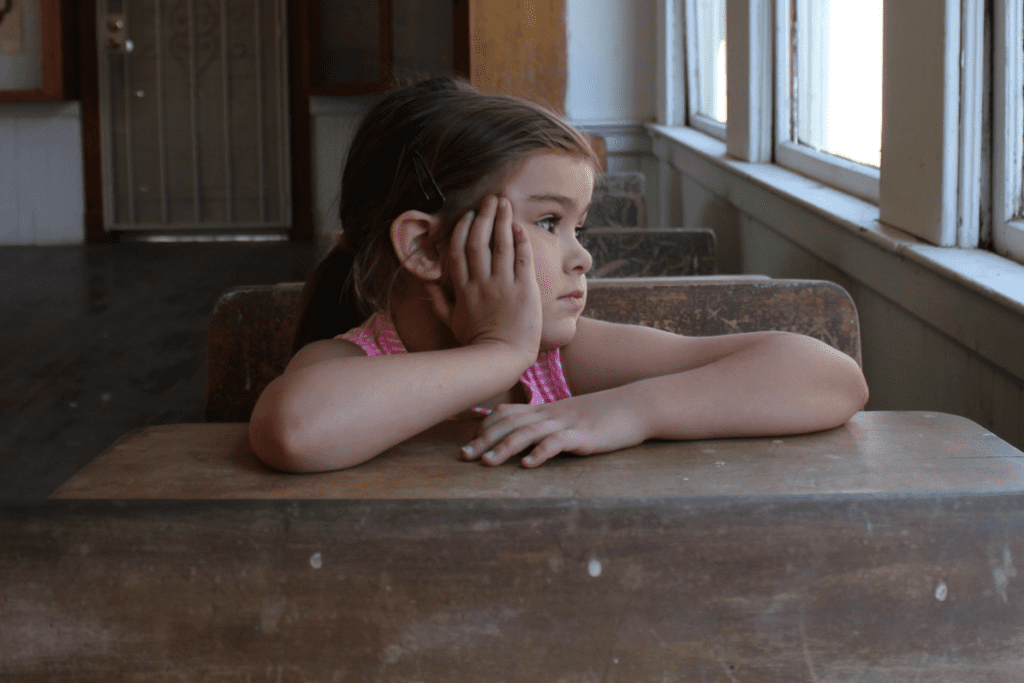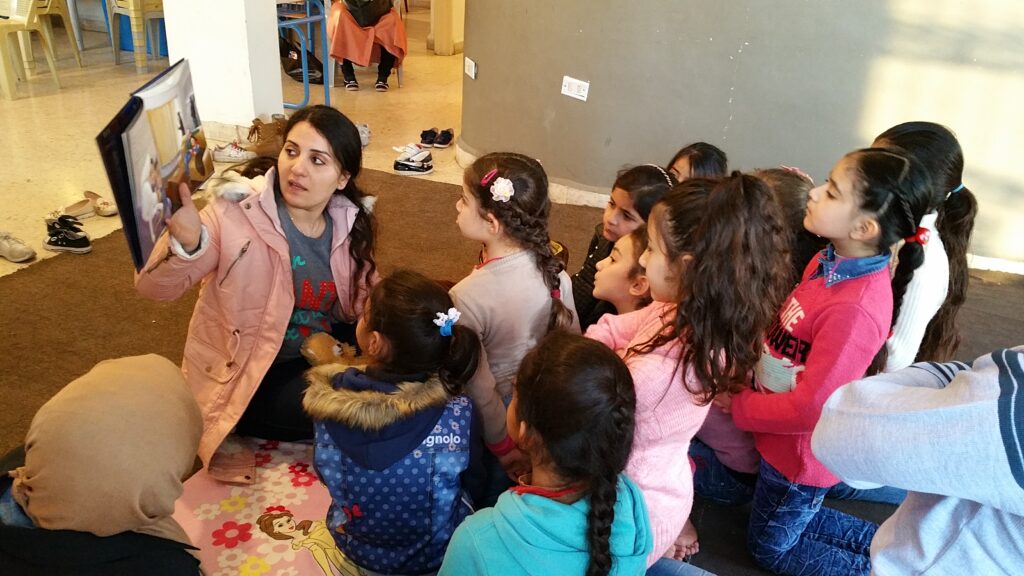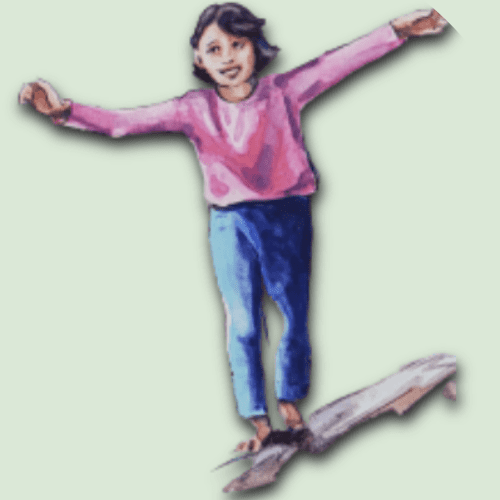
Staff Development
All staff in a program (teaching staff, administrators, support staff, volunteers) need to have a good understanding of the normal development of a child, normal reactions children frequently show in reacting to traumatic events, and ways to mitigate those responses.
This section gives ideas on the needed content of staff training, as well as suggestions on designing and implementing a plan. Developing local early education personnel to train and support staff is a priority for us.
Training
o Developing training plans
o Implementing training plans
Coaching
About Staff Development
This section gives ideas and content for the needs of those conducting staff training, as well as suggestions on designing and implementing a plan

Children's Program
Because refugee children have often survived unusual, extreme, and on-going traumatic events developing a healing program for them takes special planning and implementation.
There should be a strong emphasis on developing a curriculum that supports their unique needs, the strengths they bring with them, helping them be ready for learning, and developing skills they can carry with them as they progress in their learning and into later life. This section will include ideas for:
• Curriculum development
• Steps to developing a trauma-informed program
• Games and activities that help children heal
>>> Learning games and activities
>>> Expressive art activities
About Developing a Children's Program
This section gives ideas on developing a healing program for refugee children.

Forced Dislocation
“For refugees, the experience of displacement is one of the most significant traumas and experiences of loss they {children} face,” writes Kaaren Frater-Mathieson in Educational Interventions for Refugee Children (page 12). She goes on to explain further in describing the work of M. T. Fullilove’s concept of ‘psychology of place’ that “the disorientation, nostalgia, and alienation following such displacement may undermine the sense of belonging in particular, and mental health in general.”
Yes, when refugee children and families are forced to leave their homes (be displaced) they suffer extreme loss – loss of material things as well as social, emotional, and psychological losses. Life will never be exactly the same again.
Read more to get some ideas of what actions adults can take to help refugee children cope with their new life circumstances and be able to move on.
About the impact of forced dislocation
This section gives ideas of what actions adults can take to help refugee children cope with dislocation.
Read More

Safe Healing Environment
Whereas each child will respond differently, there are key elements to working with children who have experienced trauma that will help them regain their balance and assist them in recovery.
These best practices will be helpful for refugee survivors as well as children without the experiences of war, violence, or forced dislocation. Recognizing and using these program elements of a healing environment will further your work with trauma experienced children.
This website can help you.
About Best Practices for a Safe Healing Environment
This section gives ideas of best practices that will be helpful for refugee survivors as well as other children.
